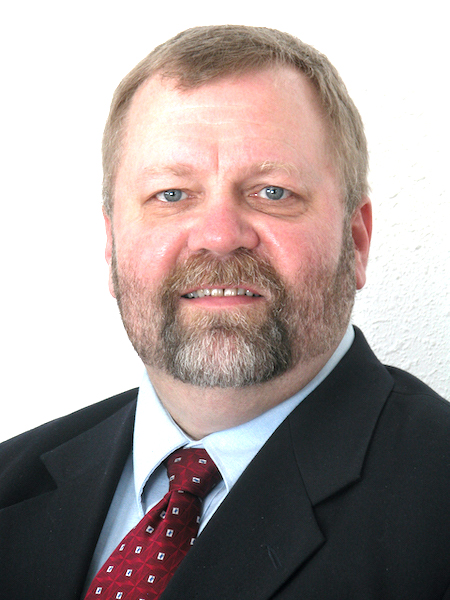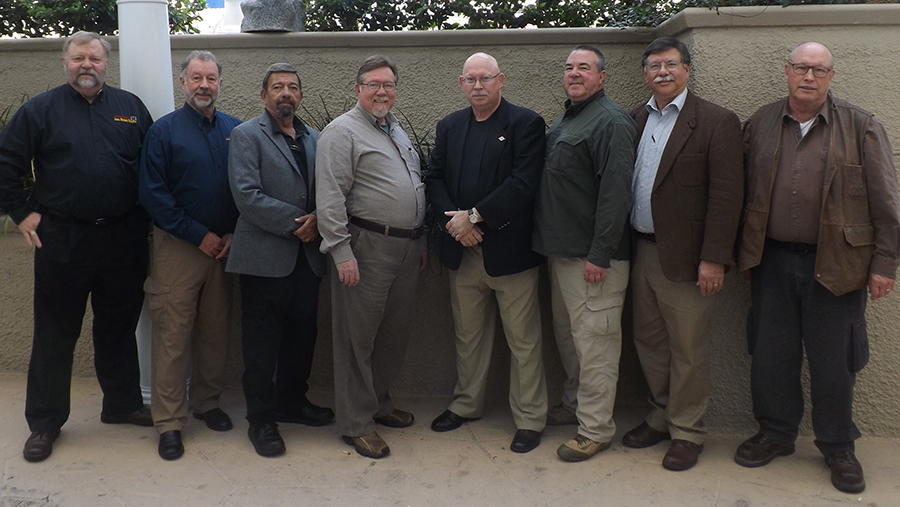 Looking Back
Looking Back
by Marty Hayes, J.D.
The Network is entering its 14th year, and when I think about it, I am literally astonished! First off, where did the time go? Seems like it was yesterday that Vincent, Gila and I sat in the classroom of Firearms Academy of Seattle and ideated how to form this Network and decide what we needed to do to move forward. It started out as a part-time endeavor that seemed like a good idea at the time. Within a couple of years, we realized that the Network could be so beneficial to so many people, and apparently others realized the same thing, because we began seeing others start competing organizations. That resulted in our upping our game in order to compete in this fledgling industry. Looking back, it all seems like a whirlwind.
We have since grown from 2.5 employees (all owners), to those 2.5 employees and another 4.5 employees, for a total of seven people working for the Network, in one capacity or another. I was 52 years old when we started and seemed like I had a lot of energy to both run the Firearms Academy of Seattle, teach most every weekend, and then work all week on Network issues.
Network Advisory Board Marty Hayes, Vincent Shuck, Massad Ayoob, Jim Fleming, Tom Givens, Dennis Tueller, Emanuel Kapelsohn and John Farnam
 While I proudly take credit for the idea that started the Network and the way the Network and those who sought to emulate it changed post-incident support, I will be the first to give credit where credit is due: the great industry leaders on our advisory board. Massad Ayoob, John Farnam, Tom Givens (all leading self-defense instructors), along with Emanuel Kapelsohn and James Fleming (both attorneys and experts in the field of use of force in self defense) and the great Dennis Tueller, who pioneered one of the most important legal and tactical concepts in use of force issues, that being knife lethality and the concept that someone with a knife does not need to be within touching distance to be considered a deadly threat. If it were not for these industry greats, I suspect the Network would not have succeeded. They gave us the instant credibility to be accepted by armed citizens, at least with people who trained and read books and magazines on self-defense issues. We deeply regret and still sorrow that our friend Jim Cirillo, who was an intended Advisory Board member, never had a chance to see the Network bloom and succeed, as he passed before we got the Network off the ground. (We miss you, Jimmy).
While I proudly take credit for the idea that started the Network and the way the Network and those who sought to emulate it changed post-incident support, I will be the first to give credit where credit is due: the great industry leaders on our advisory board. Massad Ayoob, John Farnam, Tom Givens (all leading self-defense instructors), along with Emanuel Kapelsohn and James Fleming (both attorneys and experts in the field of use of force in self defense) and the great Dennis Tueller, who pioneered one of the most important legal and tactical concepts in use of force issues, that being knife lethality and the concept that someone with a knife does not need to be within touching distance to be considered a deadly threat. If it were not for these industry greats, I suspect the Network would not have succeeded. They gave us the instant credibility to be accepted by armed citizens, at least with people who trained and read books and magazines on self-defense issues. We deeply regret and still sorrow that our friend Jim Cirillo, who was an intended Advisory Board member, never had a chance to see the Network bloom and succeed, as he passed before we got the Network off the ground. (We miss you, Jimmy).
Our Record of Supporting Members
When we started this endeavor, I knew that we would not succeed if we did not put in place a public policy check (screening process) before we agreed to help our members after an incident of use of force in self-defense. That screening process basically means that a person, before being granted funds for a legal defense, needs to supply us with sufficient facts to show that they had a legitimate and legal reason for using force in self defense. Furthermore, we needed to make sure that the individual was not committing any criminal act which resulted in them needing to use force. Having said this, the vast majority of members who have asked us for assistance met these criteria and we were glad to help. We detailed these incidents at https://armedcitizensnetwork.org/a-decade-of-assistance, and this eJournal’s lead article and charts, so there’s no need for me to go over them again, except to say that the system works and remains in place. The Network is working as designed.
Looking forward…
What is in the future for the Network? We do not know, except for our firm belief that we will continue to grow and become stronger, as more and more armed citizens discover the Network and realize that with what we offer for the price, being a member is really a no brainer. We are ready to start to work on the next phase of the Network, converting to being a member-owned Network. Currently, Vincent, Gila and I are the only shareholders, and we would like to change that.
I believe the Network would be stronger as a “member owned” Network, but there are a lot of regulatory issues to overcome before that can become a reality. I also believe that shifting the ownership of the Network to its thousands of members would ensure a long term viability for the Network. After all, I am 65 years old and believe retirement would be kind of fun, but please be assured that I will NOT be putting in my papers until we can assure the Network will continue to thrive. For now, let’s put 2020 to bed, and hope for a better 2021.
To read more of this month's journal, please click here.
